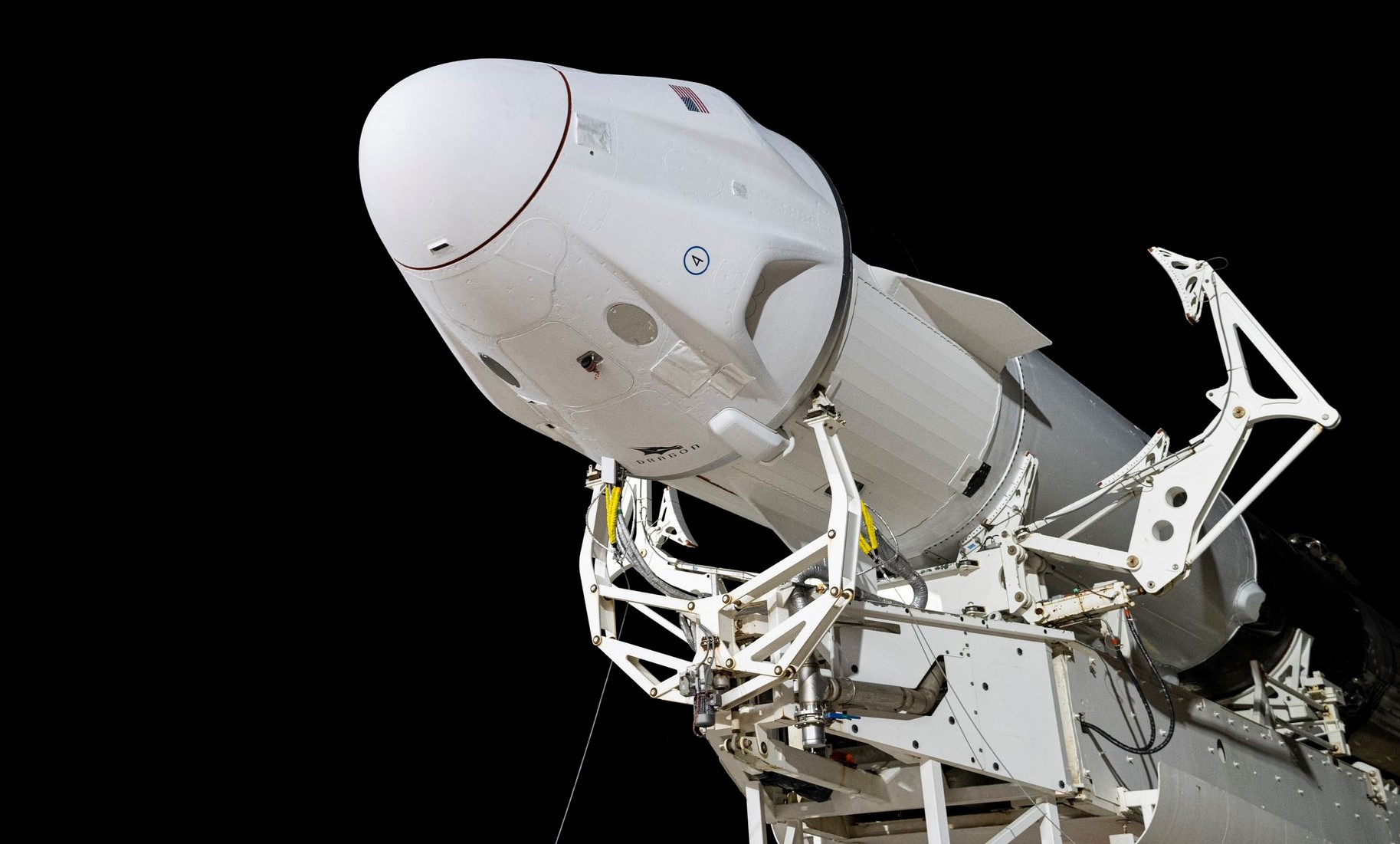
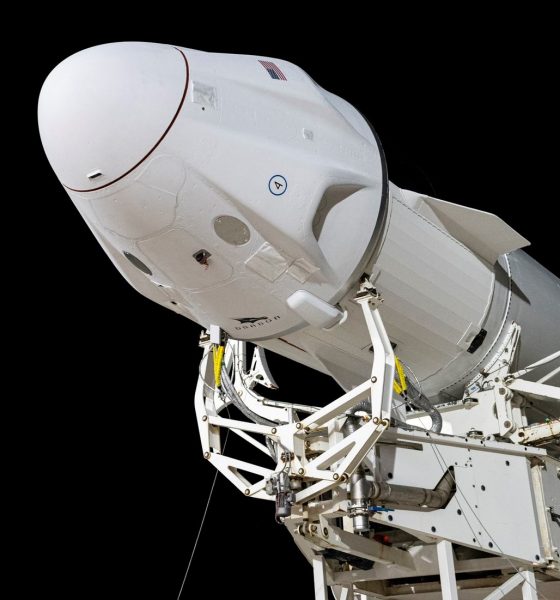
News
SpaceX’s next Crew Dragon astronaut launch slips into April
NASA, SpaceX, and private customer Axiom Space have decided to slightly delay two of the company’s upcoming Crew Dragon launches, both of which are now scheduled to occur in April.
Originally planned to launch as early as late 2021 and more recently delayed from February 21st to March 30th, Axiom Space’s Ax-1 mission has been pushed back once again and is now working towards a launch no earlier than (NET) 1:13 pm EDT (17:13 UTC) on Sunday, April 3rd. Ax-1 will mark a number of firsts but first and foremost, it will be the first fully private astronaut launch to the International Space Station (ISS) with no space agency-affiliated crew members aboard.
In response, to ensure “appropriate spacing for operations and post-flight data reviews between human spaceflight missions and to allow for multiple consecutive launch attempts based on the orbital mechanics for arrival to the space station,” NASA and SpaceX chose to delay Crew-4 – Dragon’s fourth operational astronaut transport mission – from April 15th to around 6:45 am EDT (10:45 UTC) on April 19th.
According to NASA and Axiom, Ax-1 was delayed to “allow teams to complete final spacecraft processing ahead of the mission,” implying that small delays in preparing Crew Dragon for flight are responsible for the slip. In Ax-1’s case, that’s somewhat understandable.
SpaceX has assigned Crew Dragon C206 (“Endeavour”) to the mission, making it the first time in history a space capsule is scheduled to launch astronauts into orbit for the third. Dragon C206 supported SpaceX’s inaugural astronaut launch – Demo-2 – in May 2020 and safely returned to Earth in August 2020. Fifteen months later, the same capsule carried four Crew-2 astronauts tp orbit, making SpaceX the second entity in spaceflight history to successfully reuse a crewed orbital spacecraft.
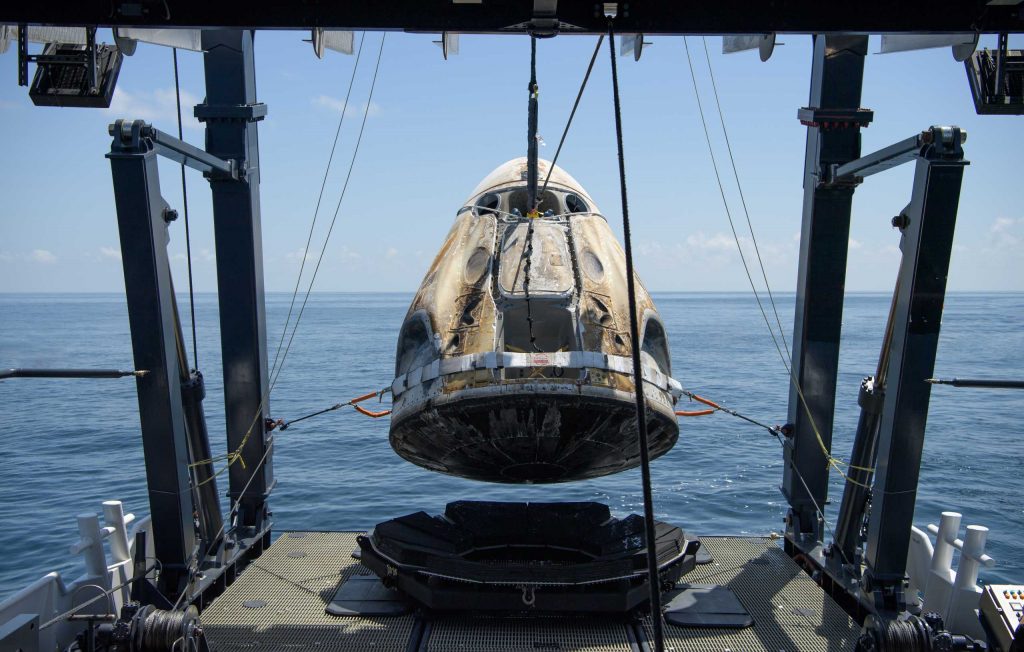
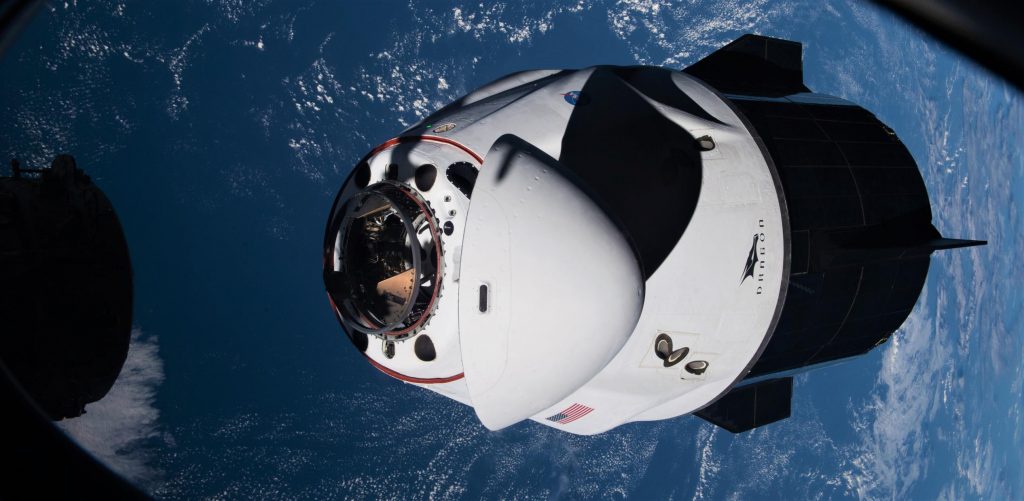
Now, a little over five months after Crew Dragon C206’s second successful reentry and splashdown, the spacecraft is scheduled to launch another four astronauts – this time all private citizens – to the ISS. Possibly explaining some of the launch delays the mission has experienced, that means that Ax-1 – a crewed launch – will be the first time any Dragon 2 capsule flies for the third time. It would be little surprise if combining a reusability pathfinder mission with the safety requirements of crewed spaceflight resulted in a need for more inspections, testing, and analysis than initially expected.
Once the mission launches, Axiom-1’s crew of four – one former NASA astronaut turned private spaceship pilot and three wealthy passengers – will spend around 10 days in orbit and 8 days aboard the space station. For an April 3rd launch, they should thus return to Earth on April 13th, leaving NASA and SpaceX six days to recover Dragon, debrief the crew, analyze data from the mission, and prepare to launch Crew-4.
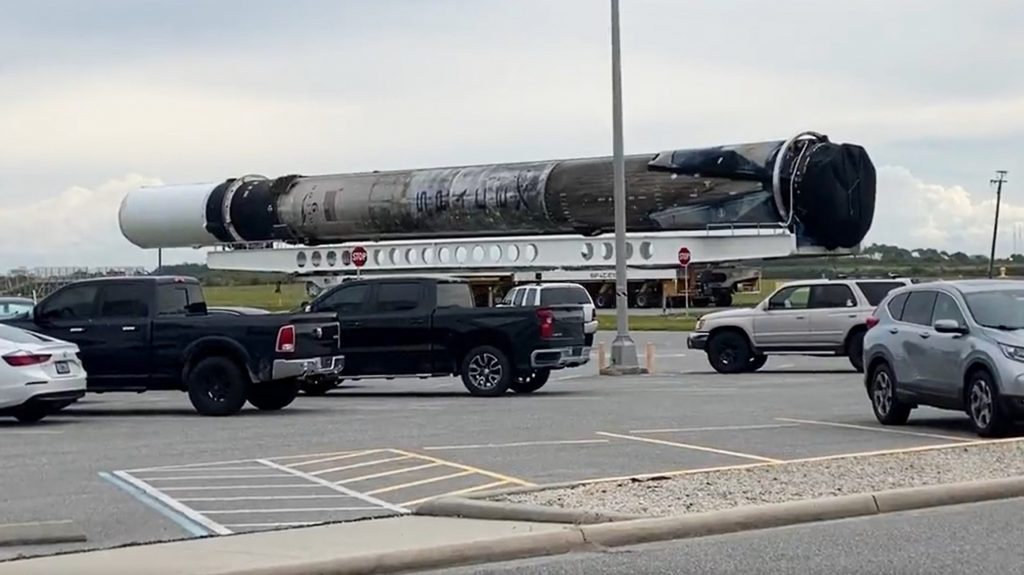
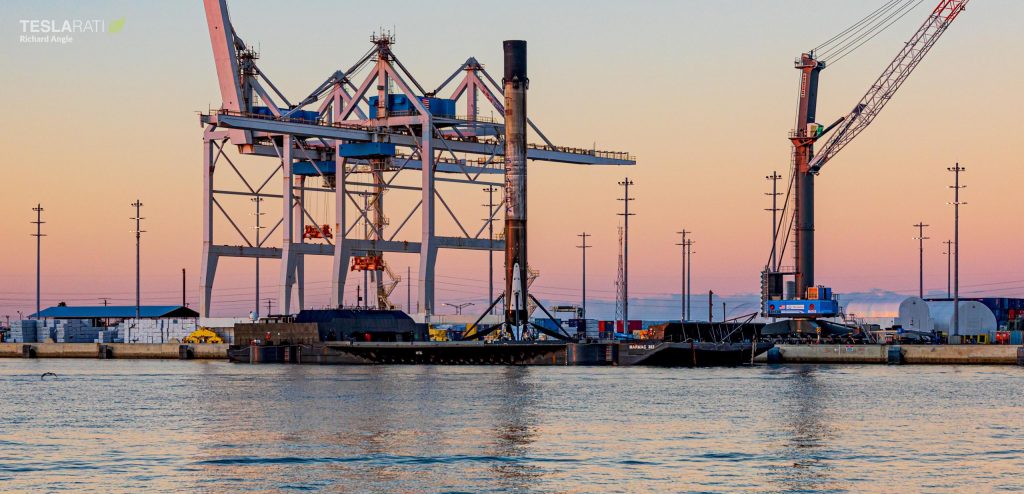
Crew-4 will fly out of the same Kennedy Space Center Launch Complex 39A pad, so the latest delay will also give SpaceX 16 days (instead of 12) to inspect the pad, complete any needed refurbishment, integrate Crew-4’s Falcon 9 and Dragon, and roll out the rocket for a static fire test a few days before liftoff
Crew-4 will debut a new Dragon capsule but both it and Ax-1 will use substantially reused Falcon 9 boosters. Axiom-1’s record-breaking Dragon will launch on Falcon 9 B1062, which will itself set a record as the first orbital-class rocket booster to launch humans on its fourth or fifth flight. Flying for the fourth time, Falcon 9 B1067 will launch Crew-4.

Cybertruck
Tesla Cybertruck undergoes interior mod that many owners wanted
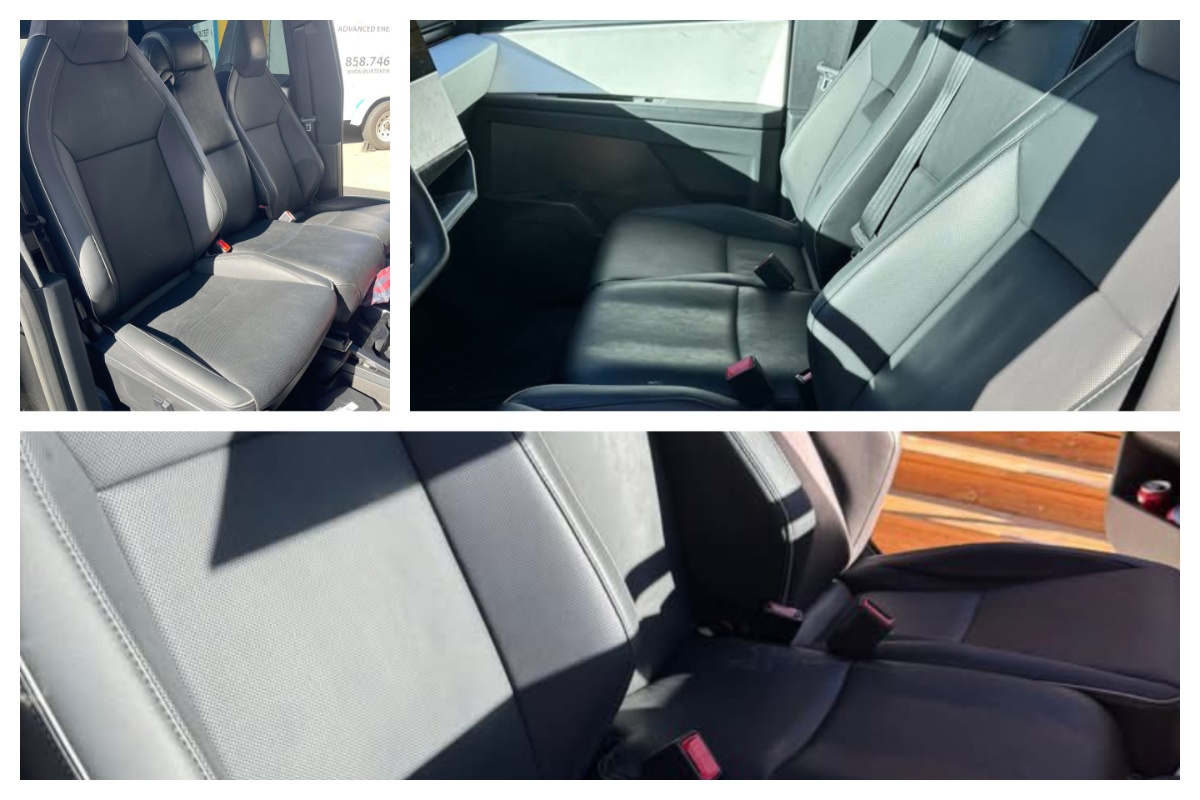
Tesla Cybertruck is significantly different from traditional pickups on the market in a lot of ways. However, one feature that was recently modified with its interior was a highly requested characteristic that is present in other trucks, but was void from Cybertruck.
Tesla went with a five-seat configuration with Cybertruck: two in the front and three in the back. The spacious interior is matched with plenty of storage, especially up front, as a pass-through, center console, and other storage options, but some Tesla fans wanted something different: bench seating.
Bench seating is popular in many full-size pickups and allows three passengers to sit up front. The middle seat is usually accompanied by a fold-down storage unit with cupholders.
Tesla decided to opt for no bench seating up front, despite the fact that it equipped bench seating in the unveiling in 2019. Interior photos from the unveiling event from nearly six-and-a-half years ago show Tesla had originally planned to have a six-seat configuration.
This was adjusted after the company refined the design:
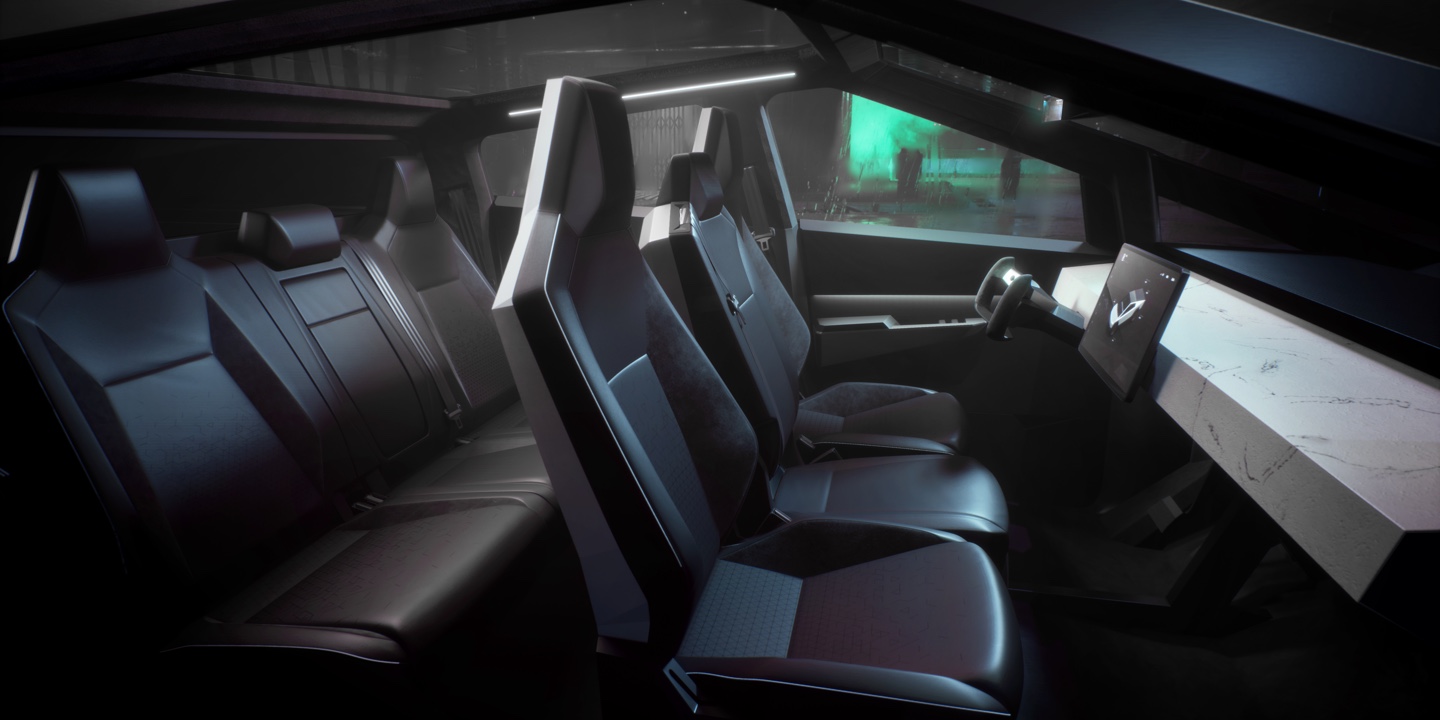
(Tesla Cybertruck interior configuration in 2019)
Despite Tesla abandoning this design, it does not mean owners were willing to accept it. One owner decided to modify their Tesla Cybertruck interior to equip that third seat between the driver’s and passenger’s thrones.
The fit is snug, and while it looks great, it is important to remember that this does not abide byregulations, as it would require an airbag to be technically legal. Please do not do this at home with your own Cybertruck:
- Credit: @blueskykites
- Credit: @blueskykites
- Credit: @blueskykites
The Cybertruck is a popular vehicle in terms of publicity, but its sales have been underwhelming since first delivered to customers back in 2023. It’s hard to believe it’s been out for two-and-a-half years, but despite this, Tesla has not been able to come through on its extensive order sheet.
This is mostly due to price, as Cybertruck was simply not as affordable as Tesla originally planned. Its three configurations were initially priced at $39,990, $49,990, and $69,990. At release, Cybertruck was priced above $100,000.
This priced out many of those who had placed orders, which is the main reason Cybertruck has not lived up to its expectations in terms of sales. The adjustments to the specific features, like the removal of the bench seat, likely did not impact sales as much as pricing did.
This modification shows some creativity by Tesla owners, but also shows that the Cybertruck could always be the subject of a potential refresh to include some of these features. Tesla routinely adjusts its vehicle designs every few years, so maybe the Cybertruck could get something like this if it chooses to refresh its all-electric pickup.
Elon Musk
Tesla CEO Elon Musk drops massive bomb about Cybercab
“And there is so much to this car that is not obvious on the surface,” Musk said.

Tesla CEO Elon Musk dropped a massive bomb about the Cybercab, which is the company’s fully autonomous ride-hailing vehicle that will enter production later this year.
The Cybercab was unveiled back in October 2024 at the company’s “We, Robot” event in Los Angeles, and is among the major catalysts for the company’s growth in the coming years. It is expected to push Tesla into a major growth phase, especially as the automaker is transitioning into more of an AI and Robotics company than anything else.
The Cybercab will enable completely autonomous ride-hailing for Tesla, and although its other vehicles will also be capable of this technology, the Cybercab is slightly different. It will have no steering wheel or pedals, and will allow two occupants to travel from Point A to Point B with zero responsibilities within the car.
Tesla shares epic 2025 recap video, confirms start of Cybercab production
Details on the Cybercab are pretty face value at this point: we know Tesla is enabling 1-2 passengers to ride in it at a time, and this strategy was based on statistics that show most ride-hailing trips have no more than two occupants. It will also have in-vehicle entertainment options accessible from the center touchscreen.
It will also have wireless charging capabilities, which were displayed at “We, Robot,” and there could be more features that will be highly beneficial to riders, offering a full-fledged autonomous experience.
Musk dropped a big hint that there is much more to the Cybercab than what we know, as a post on X said that “there is so much to this car that is not obvious on the surface.”
And there is so much to this car that is not obvious on the surface
— Elon Musk (@elonmusk) January 2, 2026
As the Cybercab is expected to enter production later this year, Tesla is surely going to include a handful of things they have not yet revealed to the public.
Musk seems to be indicating that some of the features will make it even more groundbreaking, and the idea is to enable a truly autonomous experience from start to finish for riders. Everything from climate control to emergency systems, and more, should be included with the car.
It seems more likely than not that Tesla will make the Cybercab its smartest vehicle so far, as if its current lineup is not already extremely intelligent, user-friendly, and intuitive.
Investor's Corner
Tesla Q4 delivery numbers are better than they initially look: analyst
The Deepwater Asset Management Managing Partner shared his thoughts in a post on his website.

Longtime Tesla analyst and Deepwater Asset Management Managing Partner Gene Munster has shared his insights on Tesla’s Q4 2025 deliveries. As per the analyst, Tesla’s numbers are actually better than they first appear.
Munster shared his thoughts in a post on his website.
Normalized December Deliveries
Munster noted that Tesla delivered 418k vehicles in the fourth quarter of 2025, slightly below Street expectations of 420k but above the whisper number of 415k. Tesla’s reported 16% year-over-year decline, compared to +7% in September, is largely distorted by the timing of the tax credit expiration, which pulled forward demand.
“Taking a step back, we believe September deliveries pulled forward approximately 55k units that would have otherwise occurred in December or March. For simplicity, we assume the entire pull-forward impacted the December quarter. Under this assumption, September growth would have been down ~5% absent the 55k pull-forward, a Deepwater estimate tied to the credit’s expiration.
“For December deliveries to have declined ~5% year over year would imply total deliveries of roughly 470k. Subtracting the 55k units pulled into September results in an implied December delivery figure of approximately 415k. The reported 418k suggests that, when normalizing for the tax credit timing, quarter-over-quarter growth has been consistently down ~5%. Importantly, this ~5% decline represents an improvement from the ~13% declines seen in both the March and June 2025 quarters.“
Tesla’s United States market share
Munster also estimated that Q4 as a whole might very well show a notable improvement in Tesla’s market share in the United States.
“Over the past couple of years, based on data from Cox Automotive, Tesla has been losing U.S. EV market share, declining to just under 50%. Based on data for October and November, Cox estimates that total U.S. EV sales were down approximately 35%, compared to Tesla’s just reported down 16% for the full quarter. For the first two months of the quarter, Cox reported Tesla market share of roughly a 65% share, up from under 50% in the September quarter.
“While this data excludes December, the quarter as a whole is likely to show a material improvement in Tesla’s U.S. EV market share.“











